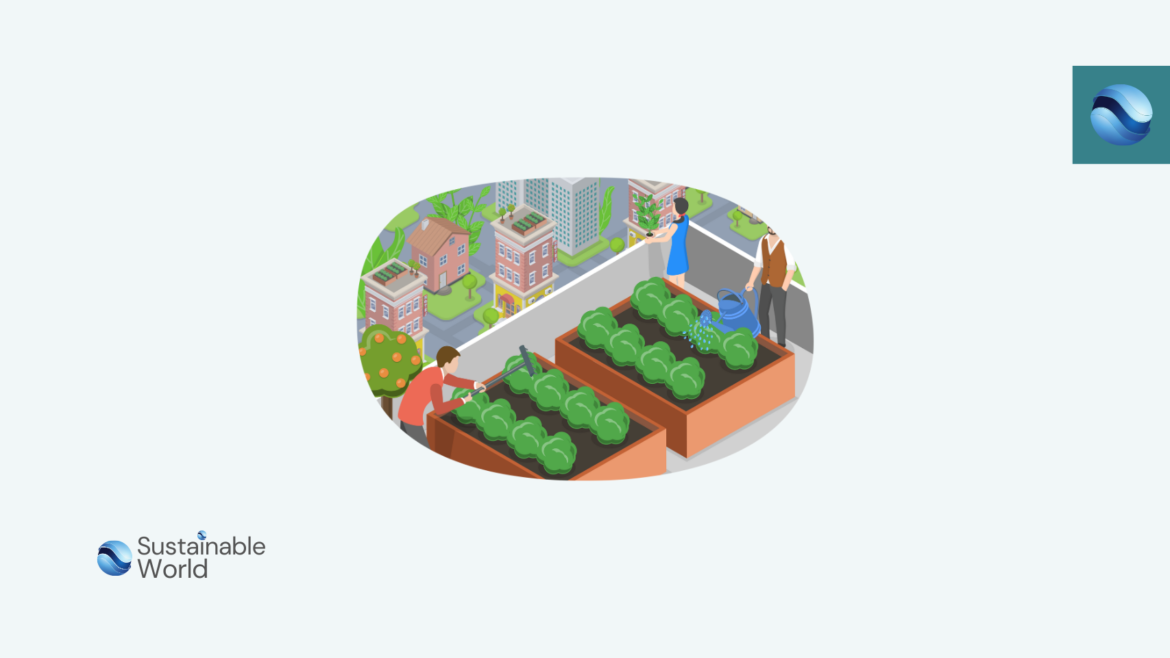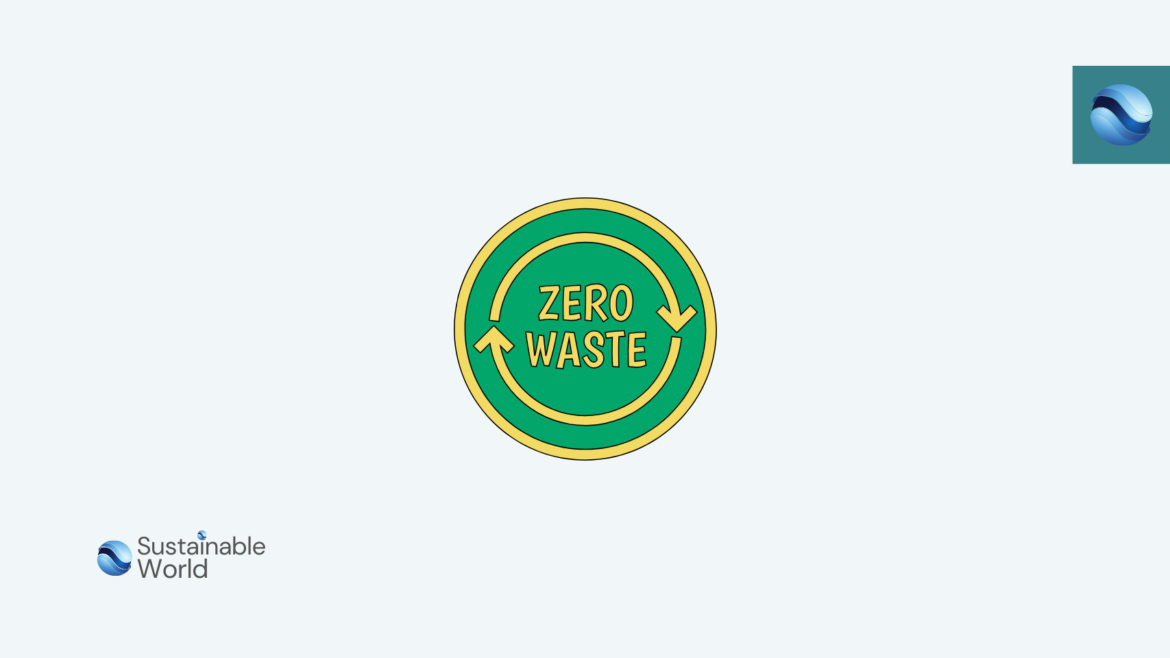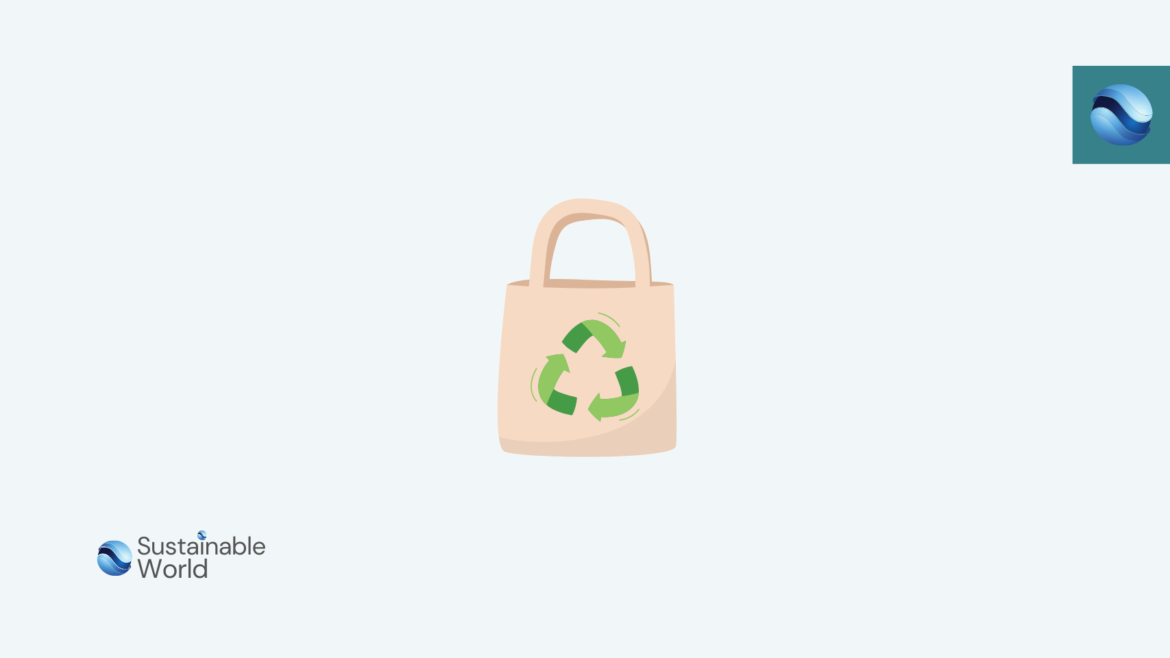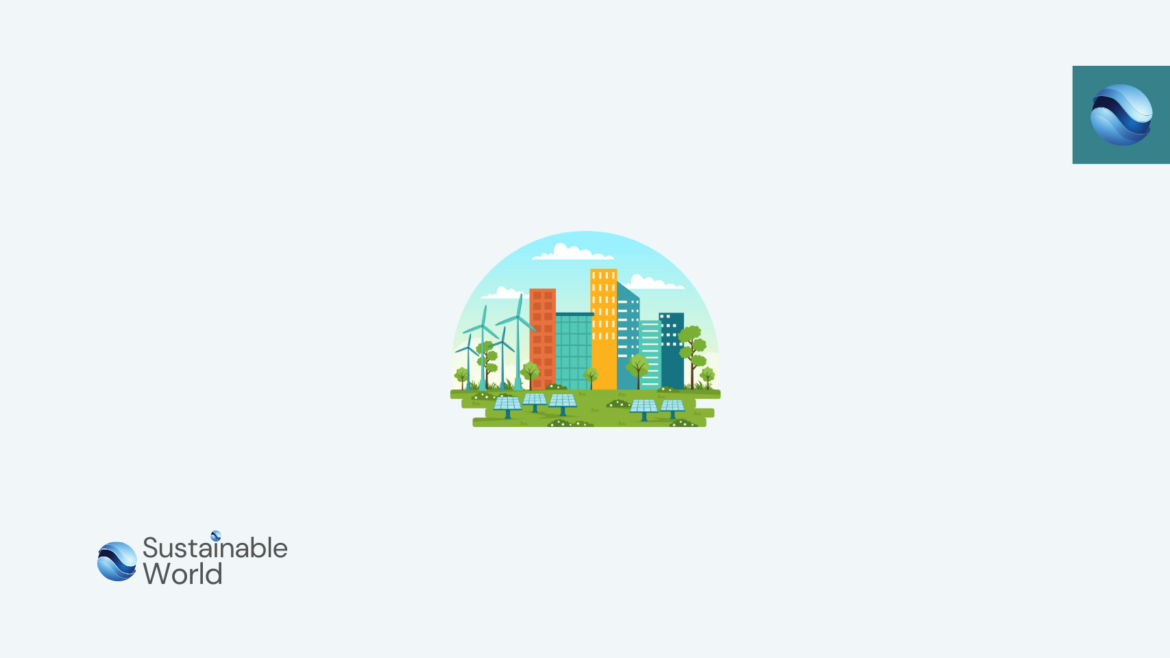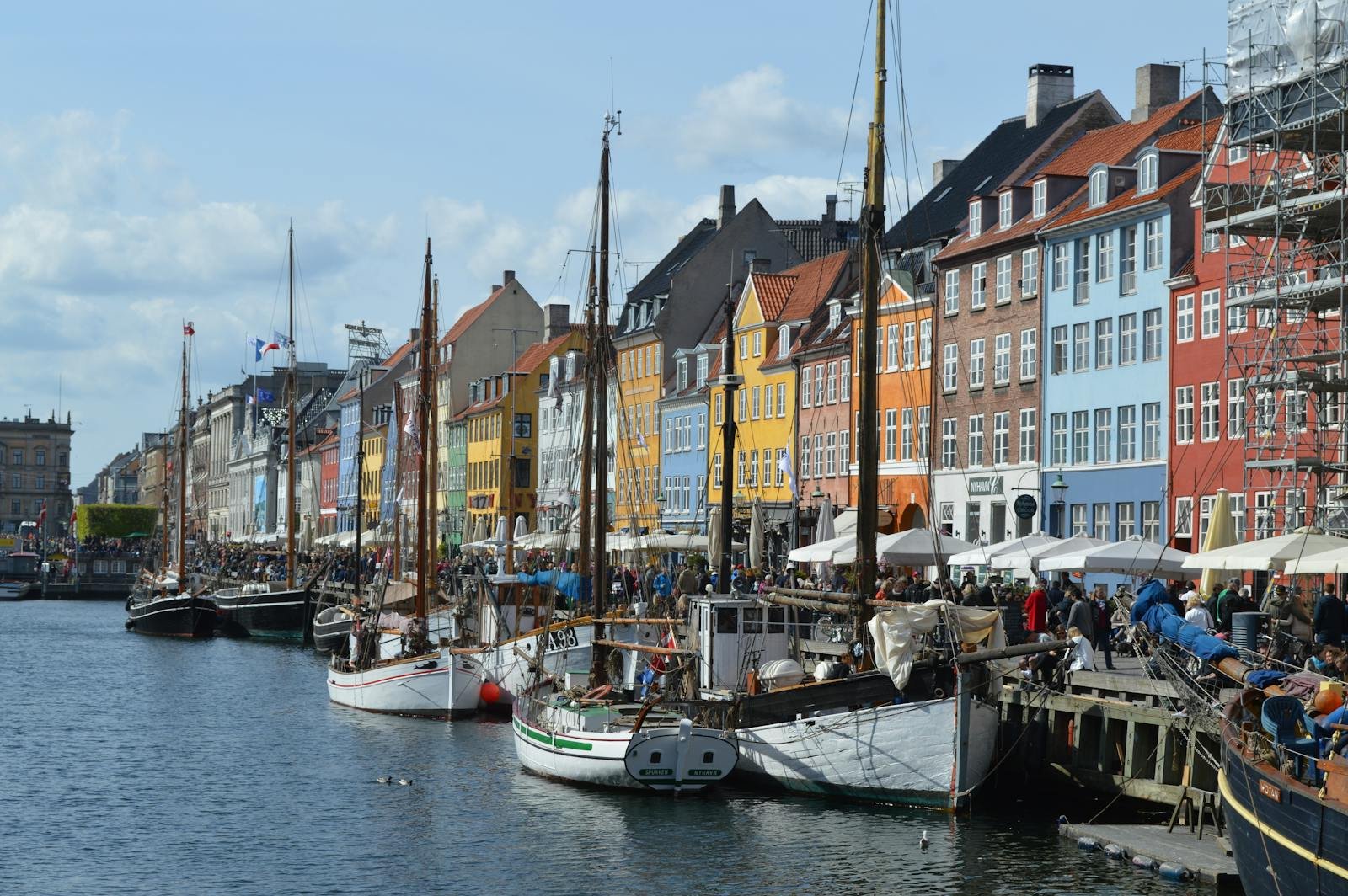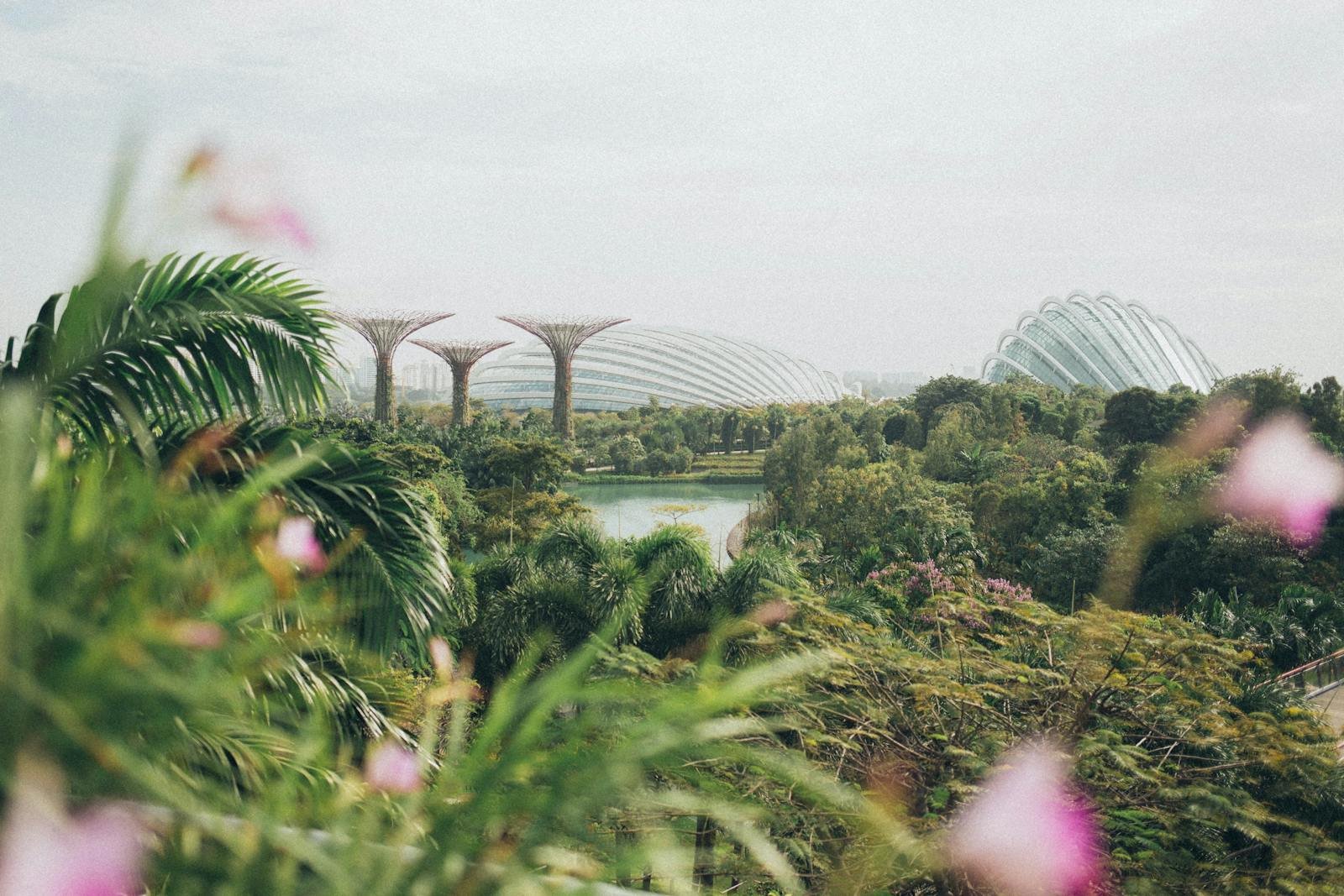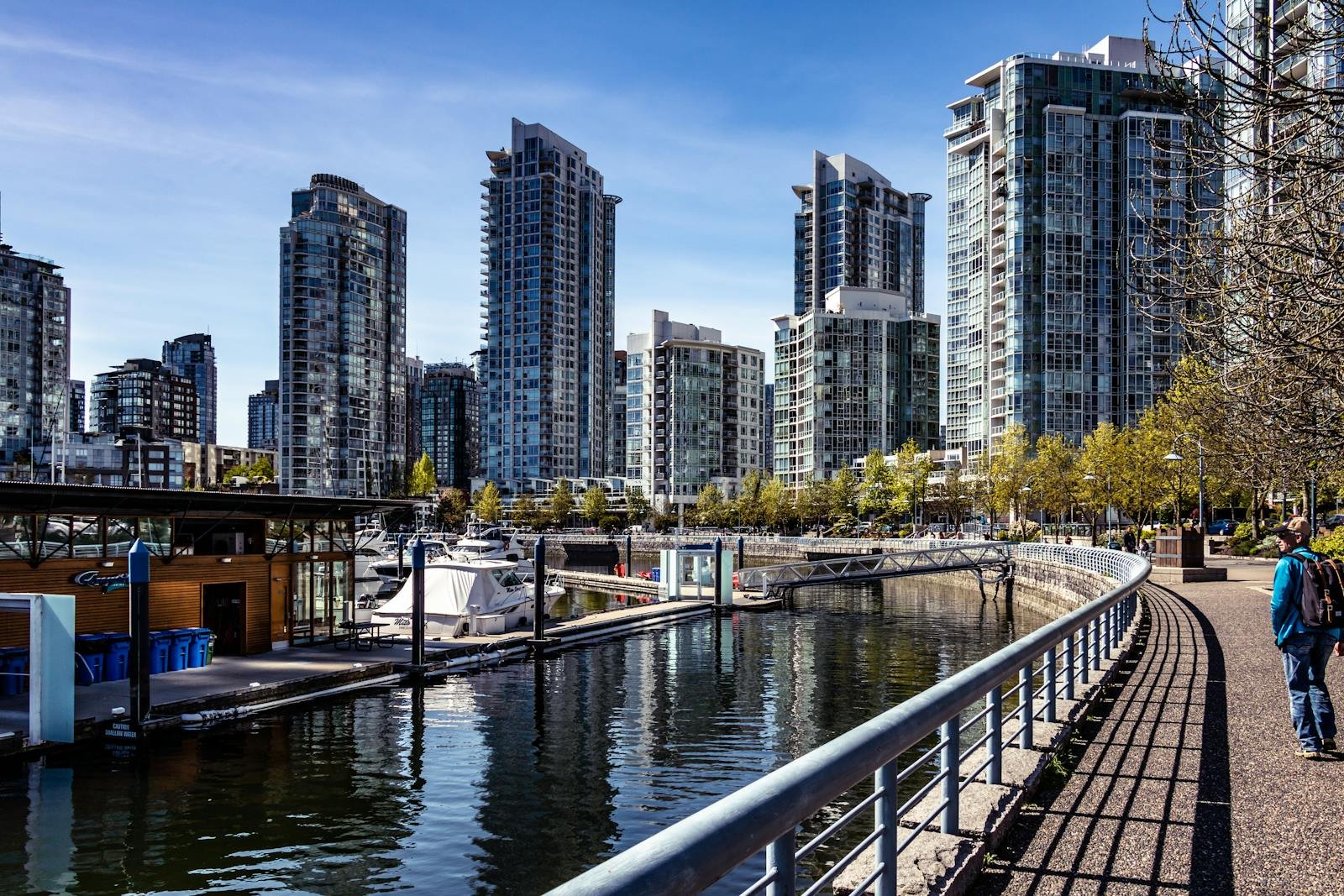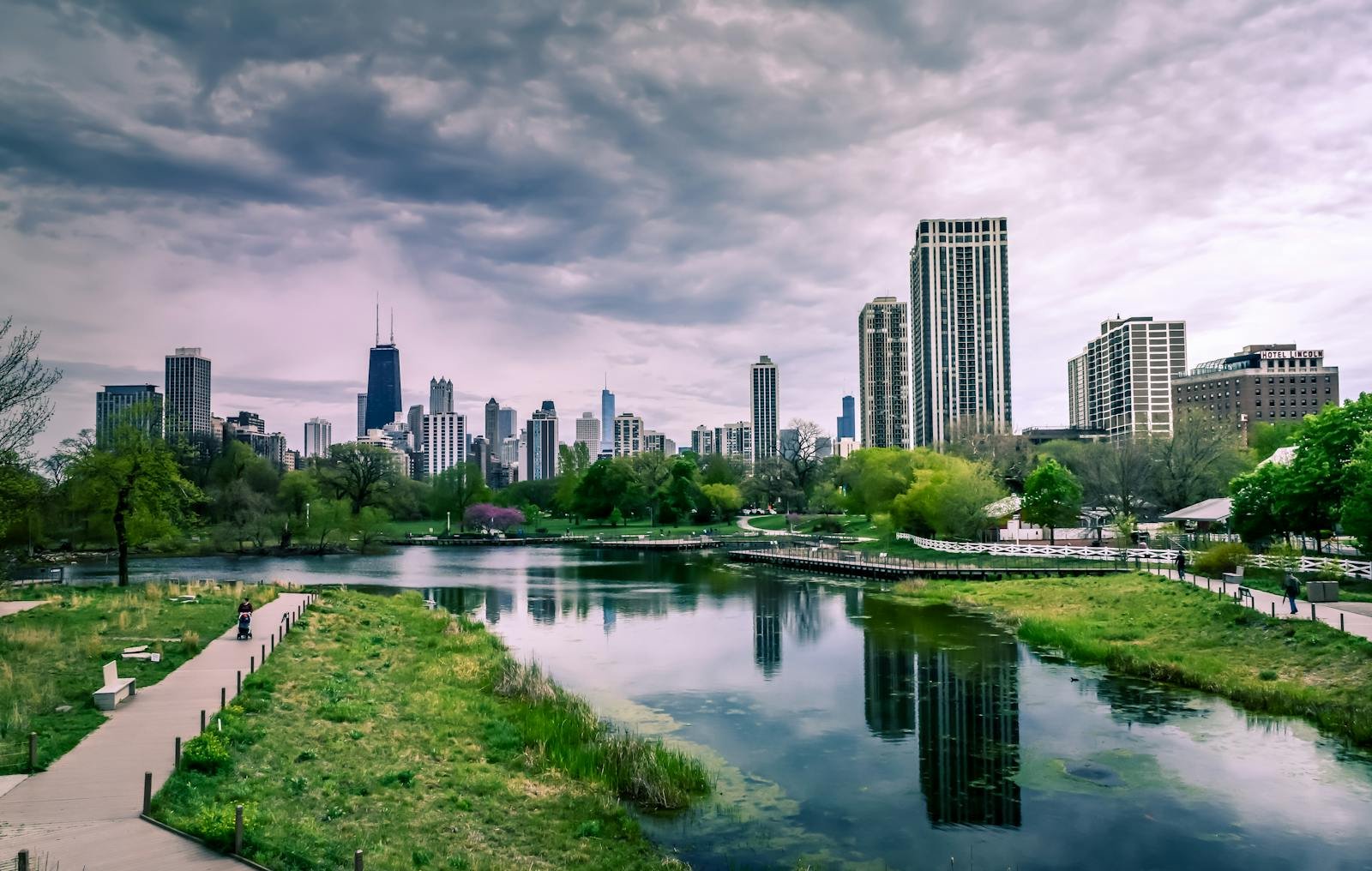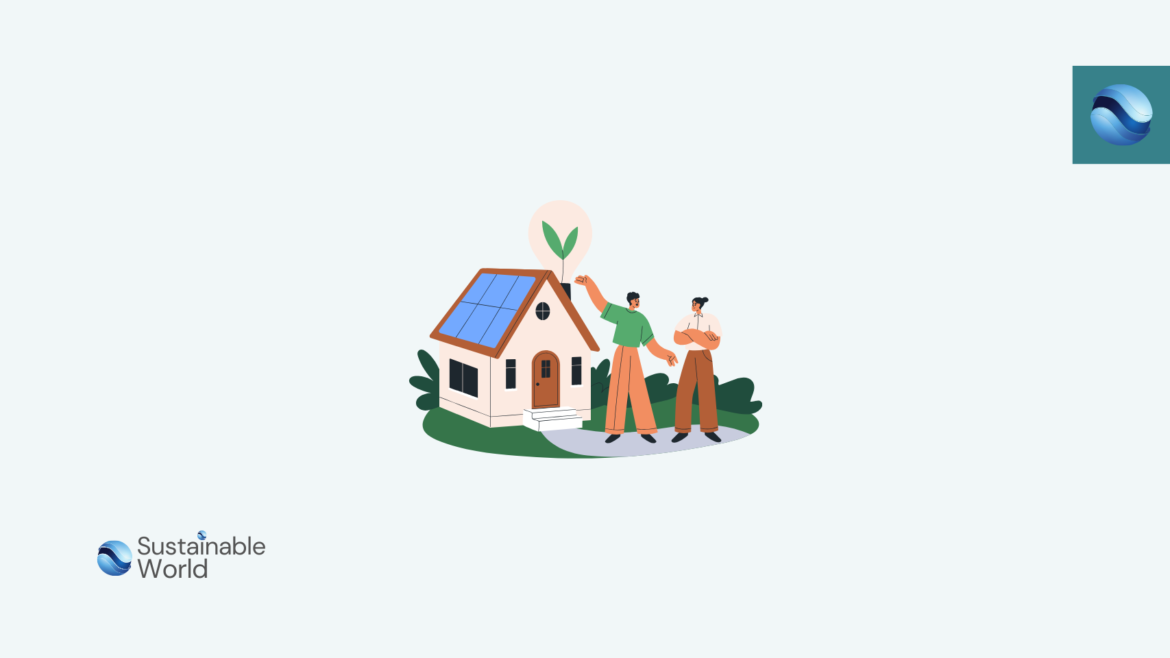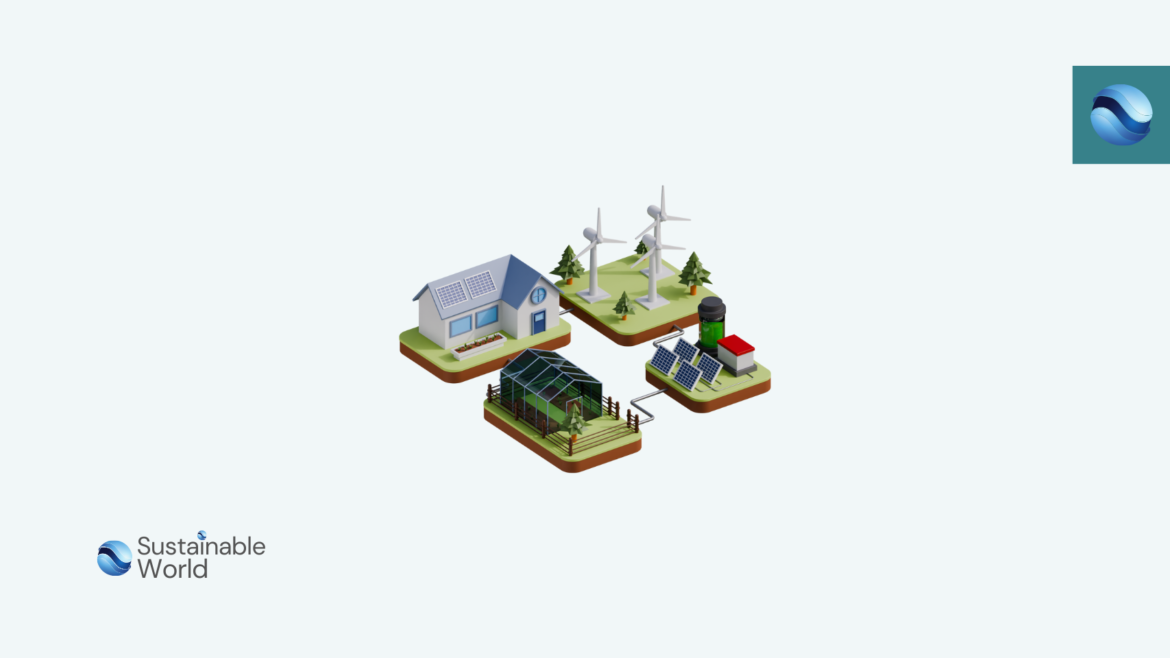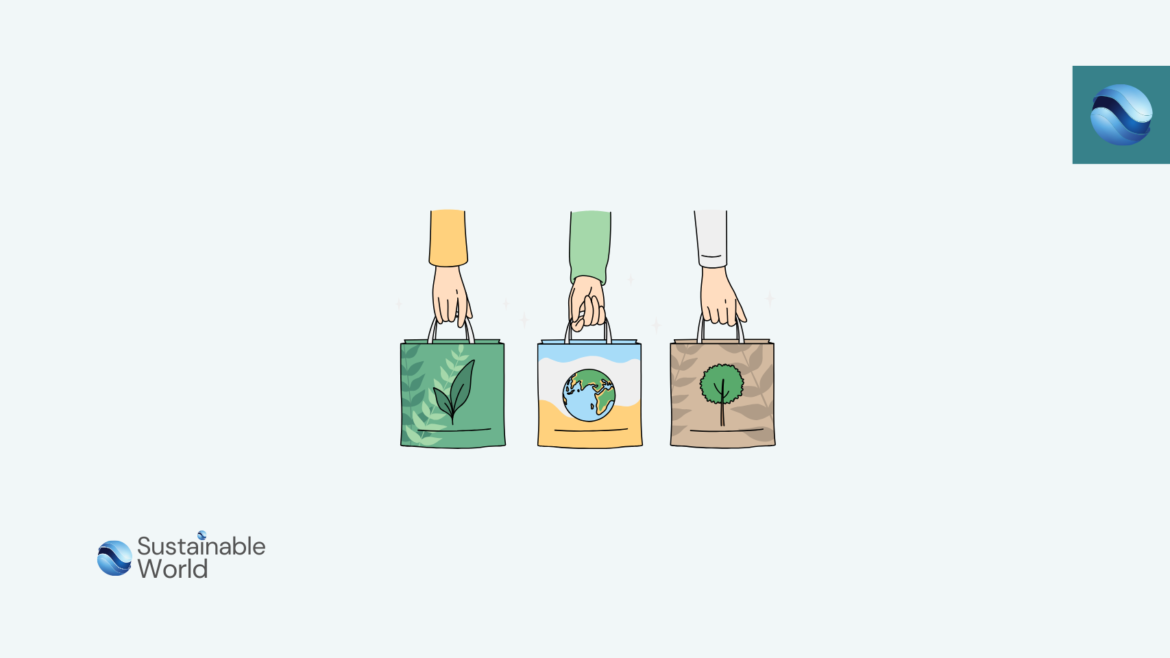Ultimate Guide to Urban Gardening Supplies: Everything You Need for Your City Oasis
Urban gardening has become a popular way for city dwellers to incorporate greenery into their lives. From rooftop gardens to balcony planters, the possibilities for creating a personal green space are endless. Whether you’re a seasoned gardener or just starting out, having the right Urban Gardening Supplies is essential.
This guide will walk you through the must-have tools, containers, and accessories to help you grow a lush urban garden.
Essential Urban Gardening Supplies
Containers and Planters
Containers are the cornerstone of urban gardening. No matter the size of your space, the right planters can maximize growth and aesthetics. Choose lightweight, durable containers with proper drainage to ensure healthy plants.
Hanging Planters
Perfect for saving space, these add greenery to balconies or patios without cluttering the ground.
Window Boxes
Ideal for small spaces, they can be mounted on windowsills or railings, offering a convenient way to grow herbs or flowers.
Raised Beds
Great for larger rooftop or patio gardens, raised beds provide ample space for growing vegetables, fruits, and flowers.
Potting Mix and Soil
A nutrient-rich, lightweight potting mix is vital for healthy plants. Ensure your soil is well-draining to prevent root rot. For an extra boost, incorporate compost or organic fertilizers to enhance growth and productivity.
Seeds and Plants
Choose seeds and plants based on the sunlight and conditions of your garden. Whether growing fresh herbs, vibrant flowers, or vegetables, there are options for every space and skill level.
Tools and Accessories
Watering Cans and Hose
Watering is crucial for plant health. A watering can with a narrow spout offers precise hydration for small plants, while a hose with spray attachments is ideal for larger gardens.
Garden Gloves and Hand Tools
Protect your hands and simplify gardening with durable gloves and essential tools like trowels, pruners, and shears for planting and maintenance.
Trellises and Supports
For climbing plants and vines, trellises maximize vertical space and encourage healthy growth. Opt for sturdy supports that complement your garden’s aesthetic.
Maintenance and Care
Fertilizers and Plant Food
Feed your plants with organic fertilizers or slow-release plant food to ensure they receive vital nutrients for sustained growth and health.
Pest Control
Keep pests at bay with eco-friendly solutions like neem oil or diatomaceous earth. These natural remedies protect your plants without harmful chemicals.
Pruning and Trimming
Regular pruning encourages growth and maintains your garden’s appearance. Invest in quality pruners for precise trimming and plant care.
Conclusion
Urban gardening offers a fulfilling way to connect with nature and transform city spaces into vibrant green oases. With the right Urban Gardening Supplies, you can grow a thriving garden that enhances your environment and well-being. Whether you’re nurturing herbs on a balcony or cultivating vegetables on a rooftop, these tools and tips will set you up for success. Start small, experiment, and enjoy the beauty of bringing nature into the city.


